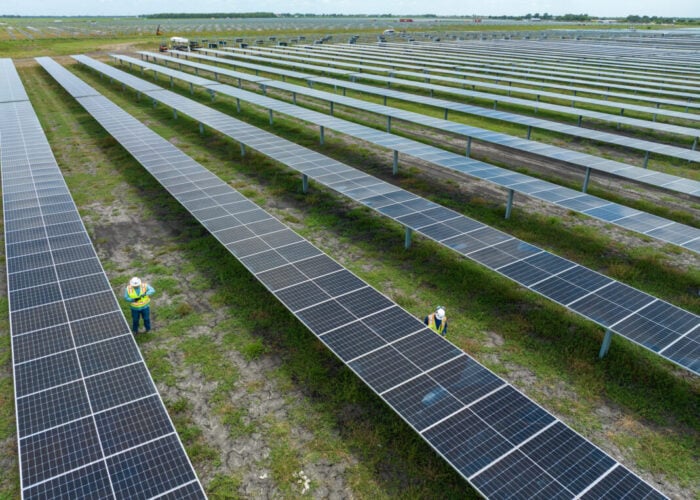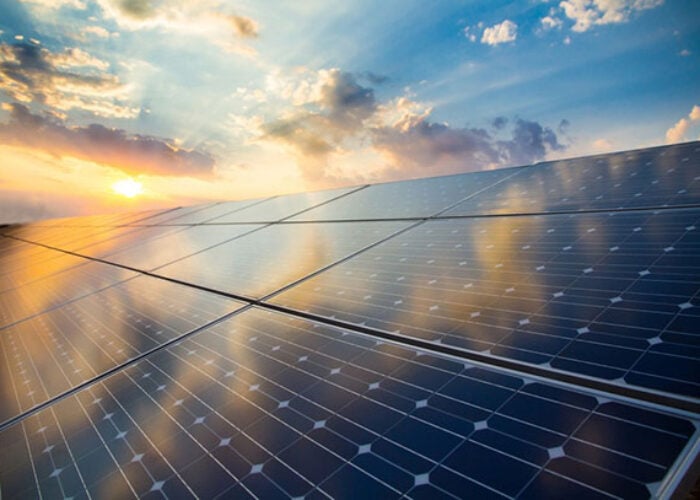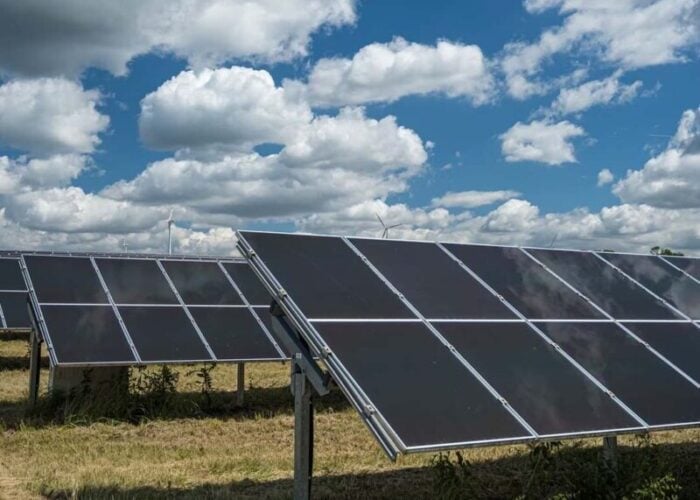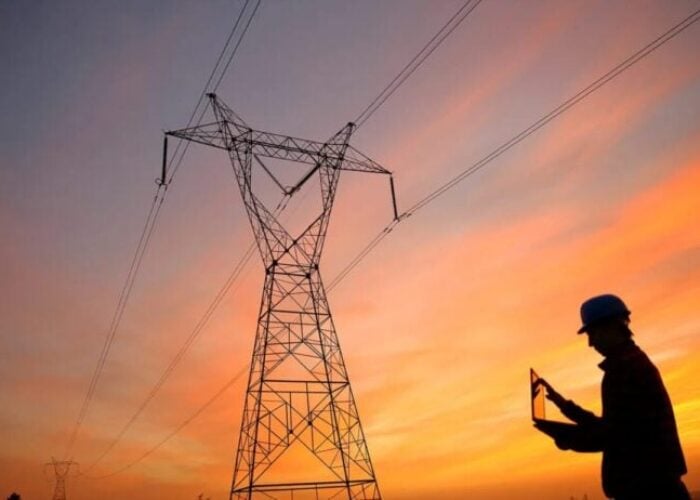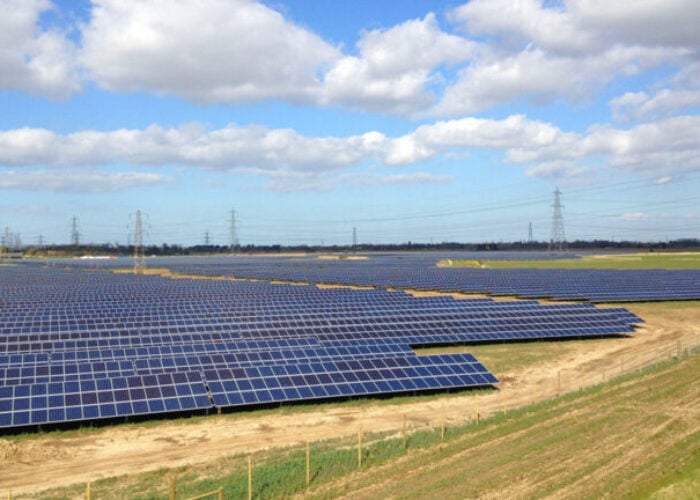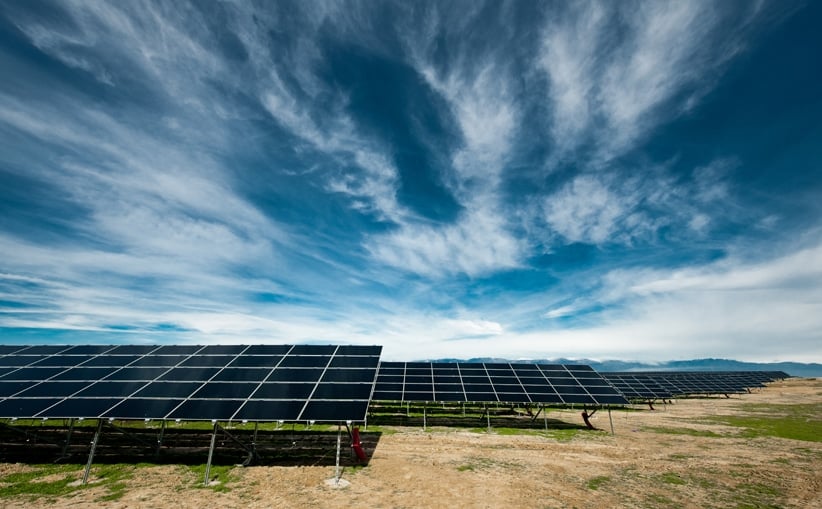
The expansion of solar PV and battery storage is keeping the global net zero 1.5 degree pathway open, and the current host of planned manufacturing capacity expansions will be enough to meet demand by 2030.
This is according to the International Energy Agency (IEA) Net Zero Roadmap report 2023, which updates the original 2021 roadmap in light of the changes following the invasion and war in Ukraine, the rise in clean energy technology deployment and the record peak in carbon dioxide emissions that occurred in 2022.
Unlock unlimited access for 12 whole months of distinctive global analysis
Photovoltaics International is now included.
- Regular insight and analysis of the industry’s biggest developments
- In-depth interviews with the industry’s leading figures
- Unlimited digital access to the PV Tech Power journal catalogue
- Unlimited digital access to the Photovoltaics International journal catalogue
- Access to more than 1,000 technical papers
- Discounts on Solar Media’s portfolio of events, in-person and virtual
The fundamental driver of the report’s Net Zero Scenario is the rollout of clean energy, which has so far been led by solar PV. The IEA said that in the last two years solar installations have increased by nearly 50% and are exceeding the forecast in its 2021 report. Electric vehicle (EV) sales also increased by 240% and battery energy storage system (BESS) installations by 200%.
Notably, the report says that through 2030 the solar PV manufacturing announcements that have been made will be sufficient to meet deployment demand (for the Net Zero Scenario) if they all come to fruition. This is in tandem will the overall downward trend in the cost of solar PV, as well as wind, heat pumps and battery equipment, which collectively fell by 80% since 2010, the IEA said.
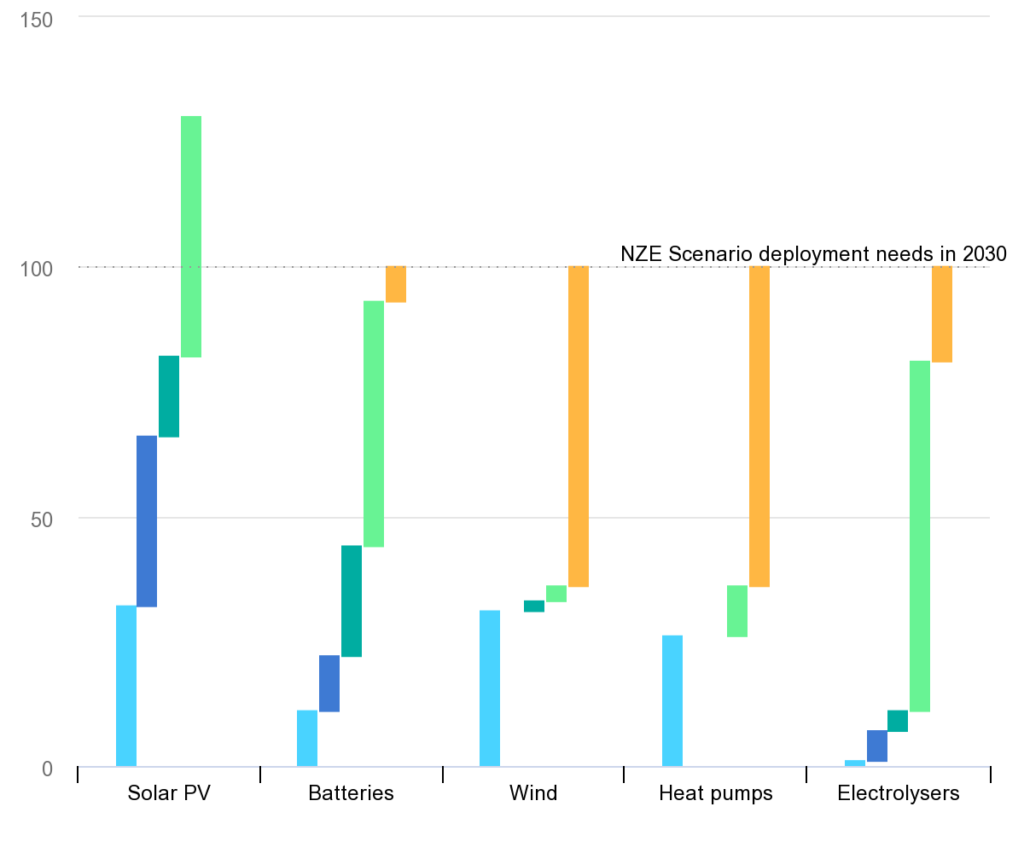
The majority of these solar manufacturing announcements have been coming from the US since the passage of the Inflation Reduction Act (IRA) and its US$369 billion in available tax credits for clean energy. As well as domestic companies like Cadmium Telluride solar manufacturer First Solar, the big Chinese players in the manufacturing space, like Solar Module Super League members Trina Solar and Canadian Solar, have announced US capacity expansions.
A report from the advisory firm Clean Energy Associates said that global module production capacity could be on track to tip 1TW in 2024 after doubling this year. US expansions and policy aside, the overwhelming majority of this capacity is concentrated in China.
By 2030, the IEA Roadmap said that clean energy deployments will need to triple under its Net Zero Scenario, with the potential to drive a 25% reduction in emissions this decade.
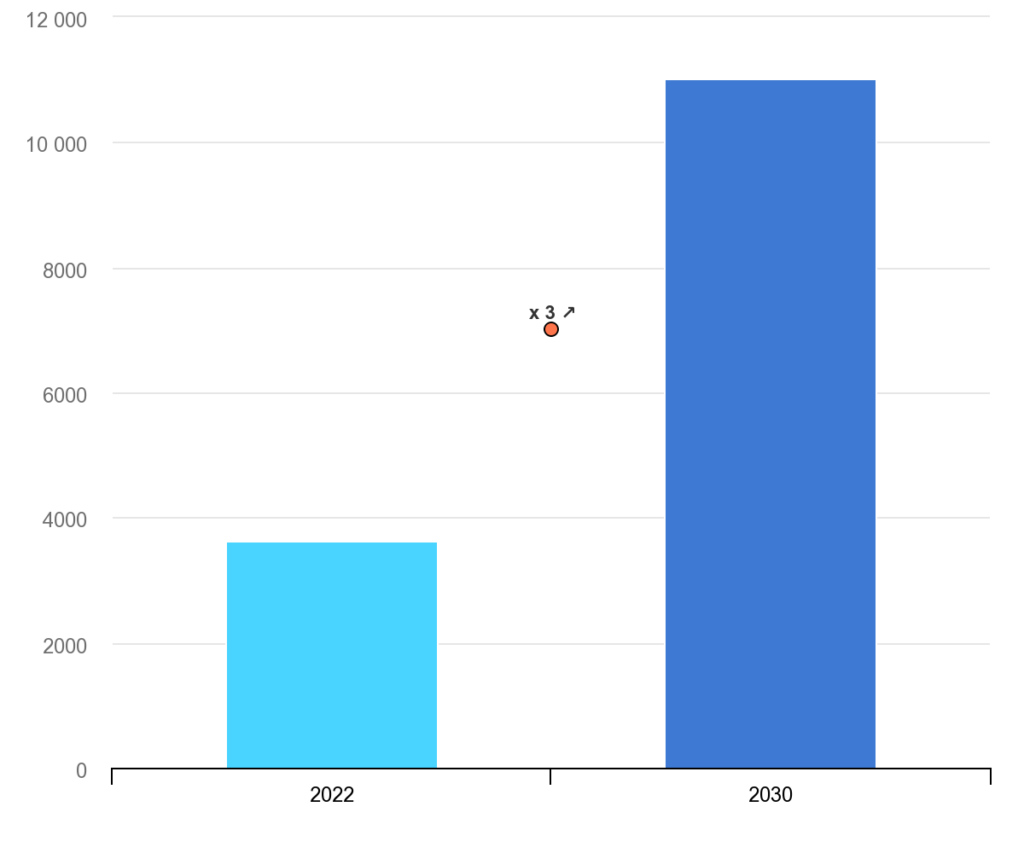
The world’s advanced economies are projected to reach about 85% of their capacity requirements by 2030 with current policies, but international support and robust policymaking is needed to expand the transition to less developed parts of the world.
The report said that energy sector emissions were still “worryingly high”, and more still needs to be done. The energy intensity improvement rate – relating to the amount of energy needed per unit output – needs to double by the end of the decade, which the IEA said is achievable through improvements in technical efficiency, electrification and efficient use of materials.
Technological advances in solar PV are already hitting the mainstream, with n-type tunnel oxide passivated contact (TOPCon) cell and module technology capacity increasing and set to become the “next big thing” from 2024 onwards.
Investment into transmission and grid infrastructure is also essential to the rollout of low-emissions energy, the IEA said. Echoing reports from Californian utility Edison International and European representative body Eurelectric in recent days, the Roadmap said that “Transmission and distribution grids expand by around 2 million km each year to 2030, and around 30,000 to 50,000 km of CO2 pipelines need to be installed in the NZE Scenario.”
The full report, which can be read here, also examines the other large-scale fuel supplies that will be needed for net zero, the routes to ensuring an equitable transition and the pressures that will be put on energy security and the mining of critical minerals like nickel, lithium and cobalt, which the IEA says are currently insufficient to meet demand in 2030.

